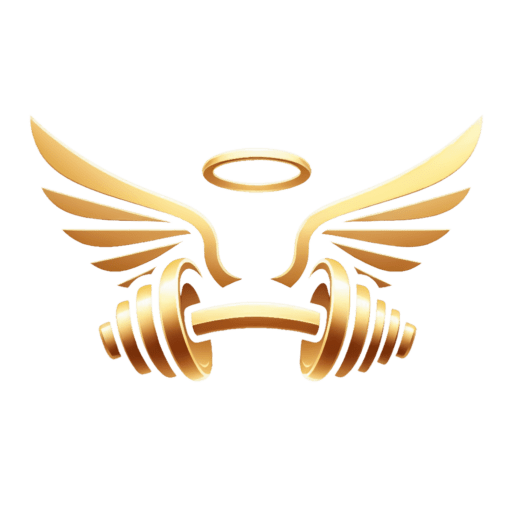What is the chest Press ?
The chest press corresponds to flat and inclined bench presses, but guided.
These are compound exercises that, thanks to the stability of the machine, focus on the chest rather than involving other muscles (deltoids, triceps, serratus anterior, and latissimus dorsi).
Press machines can vary in incline or convergence, allowing for more or less stretching and contraction of the chest or targeting a specific bundle. The disadvantage is that not all press machines may suit your morphology or how they are designed.
How to perform the chest press ?
Horizontal chest Press :
- Position yourself on the machine and adjust the seat so that the handles are in line with the middle of your chest.
- Keep your feet firmly planted on the ground, chest puffed out, and shoulder blades back in a low position.
- Grip the handles, ensuring your arms form an angle of about 40° with your torso, below the line of your shoulders, and elbows pointing outward.
- Maintain tension in the chest without involving the shoulders.
- Push the handles, extending your arms and bringing your elbows closer to your torso.
- Slow down the return until you feel tension in the chest; if you go too far, the tension will transfer to your shoulders
Inclined chest press:
- Position yourself on the machine and adjust the seat so that the handles are in line with the upper part of your chest.
- Keep your feet firmly planted on the ground, chest puffed out, and shoulder blades back in a low position.
- Grip the handles, ensuring your arms form an angle of about 40° with your torso, elbows pointing outward and slightly forward.
- Maintain tension in the chest without involving the shoulders.
- Push the handles, extending your arms and bringing your elbows closer together.
- Slow down the return until you feel tension in the chest; if you go too far, the tension will transfer to your shoulders.
Vidéo de démonstration
Consignes d’exécution
- Place-toi sur la machine et règles le siège de manière à avoir les poignées de la machine en face du milieu de tes pectoraux
- Gardes les pieds ancrés au sol, le torse bombé et les omoplates en arrière en position basse
- Saisis les poignées, tes bras doivent former un angle d’environ 40° avec ton buste, sous la ligne de tes épaules et les coudes vers l’extérieur
- Tu dois avoir une tension dans les pectoraux, mais pas dans les épaules
- Pousses les poignées en tendant les bras et en rapprochant les coudes de ton buste
- Ralentis le retour jusqu’à ressentir la tension dans les pectoraux, si tu pars trop loin, la tension sera transférée dans tes épaules
Variantes
- Développé couché
- Développé couché aux haltères
- Développé au cadre guide
- Développé décliné
Danger et contre-indication
Il faut faire attention à ce que la machine soit réglée correctement et qu’elle soit adaptée à ta morphologie. Le mouvement doit être naturel et ne doit pas poser de problème à tes articulations lors de l’exécution.
En position d’étirement, il se peut que les poignées se retrouvent très en arrière de ton buste, ce qui pourrait te blesser. Fais donc attention à la manière dont la machine est faite pour reposer les poids en sécurité. Au besoin, lâche les poids d’un seul coup avant d’arriver en position d’étirement pour préserver tes articulations.
